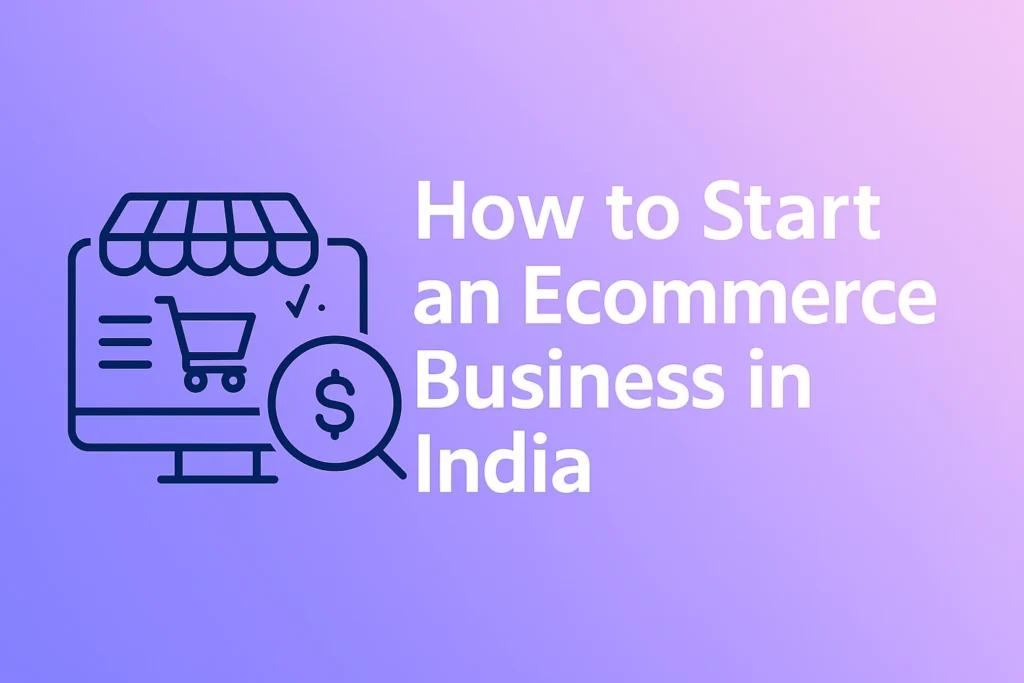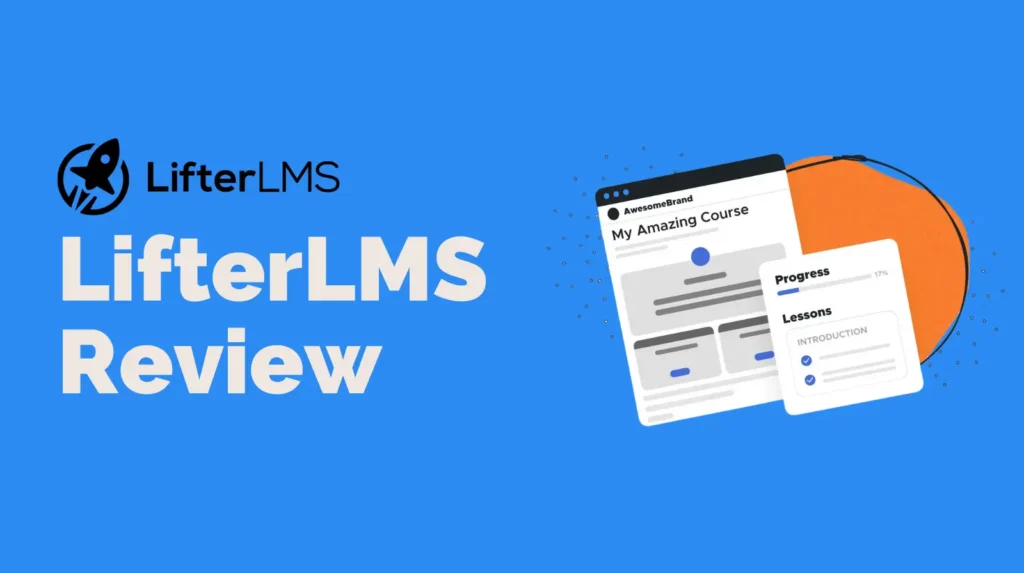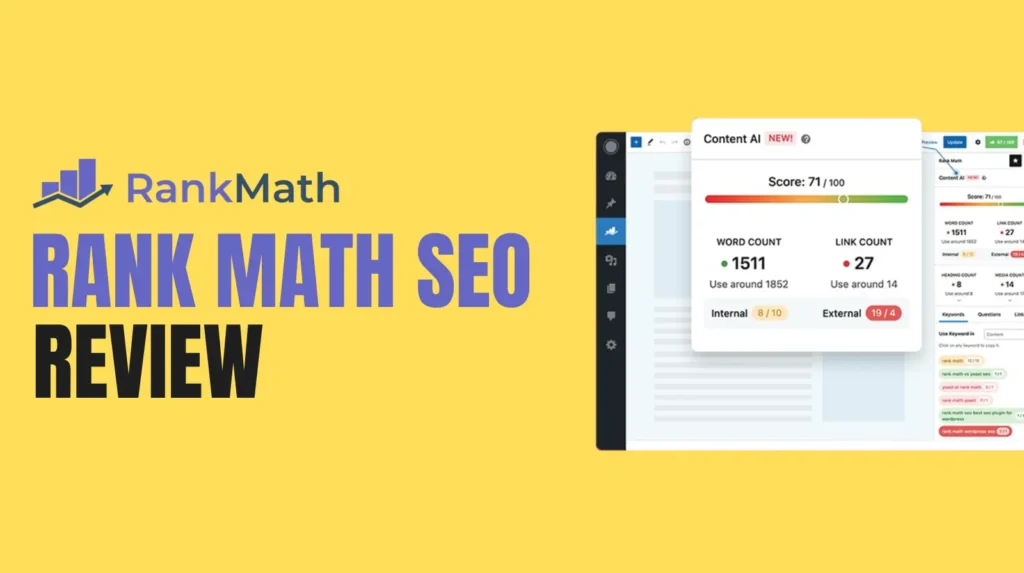India’s digital commerce landscape is experiencing explosive growth. Driven by widespread internet access and a massive smartphone user base, the Indian e-commerce market is projected to reach $188 billion by 2025 and an astounding $350 billion by 2030. This digital boom has empowered countless small and medium-sized businesses to move online, reaching customers far beyond their physical storefronts.
Whether you’re an established shopkeeper or a budding entrepreneur, now is the perfect time to launch your online store. This guide provides a comprehensive, step-by-step roadmap for starting a successful ecommerce business in India, from legal registration to digital marketing. If you want to build an online store from scratch, you’re in the right place.
Step 1: Choose Your Ecommerce Business Model
Before diving in, decide how you’ll source and sell your products. Your business model will define your operations, investment, and strategy.
- Business to Consumer (B2C): The most common model, where you sell products directly to individual customers.
- Business to Business (B2B): You sell products or services to other companies (e.g., wholesale, office supplies).
- Dropshipping: You partner with a supplier who stores inventory and ships products directly to your customers. This is a low-risk model perfect for beginners. Check out our guide on the best dropshipping apps for Shopify to learn more.
- Marketplace Selling: You list your products on established marketplaces like Amazon or Flipkart. This offers immediate access to a large customer base but gives you less control over branding.
This guide will focus on creating your own branded e-commerce website, which offers the best long-term potential for profitability and brand building.
Step 2: The Legal Checklist: Registering Your Business in India
Proper legal registration is a non-negotiable first step. It builds credibility and ensures you are compliant with Indian laws.
Finalize Your Business Structure
First, decide on the legal structure of your company. The most common options for ecommerce are:
- Sole Proprietorship: Easiest to set up, owned and run by one person. You are personally liable for business debts.
- One Person Company (OPC): A separate legal entity with a single owner, limiting personal liability.
- Limited Liability Partnership (LLP): A hybrid model offering the limited liability of a company and the flexibility of a partnership.
- Private Limited Company: A separate legal entity owned by shareholders. It’s the most scalable and credible structure, ideal for businesses seeking funding.
Register Your Company with the MCA
As of 2025, the company registration process in India is streamlined through the Ministry of Corporate Affairs (MCA) portal using the SPICe+ (Simplified Proforma for Incorporating Company Electronically Plus) form. This integrated web form has replaced the older, multi-step process.
Here’s the updated process:
- Obtain a Digital Signature Certificate (DSC): A DSC is the digital equivalent of a physical signature and is required for filing forms on the MCA portal. You can obtain this from a licensed Certifying Authority (CA).
- Reserve Your Company Name (RUN): Use the RUN (Reserve Unique Name) service on the MCA portal to apply for your chosen company name. Ensure the name is unique and not too similar to existing trademarks or company names.
- Fill out the SPICe+ Form: This single application form handles:
- Company incorporation.
- Application for Director Identification Number (DIN).
- PAN and TAN application.
- GSTIN, EPFO, ESIC, and Professional Tax registration (for specific states).
- Prepare Charter Documents: You will need to draft a Memorandum of Association (MOA), which outlines the company’s objectives, and an Articles of Association (AOA), which details the internal rules and regulations.
- Acquire PAN and TAN: Once your company is incorporated, the PAN (Permanent Account Number) and TAN (Tax Deduction and Collection Account Number) will be automatically allotted and sent to your registered email address.
Step 3: Build Your Online Store – The 9-Step Blueprint
With the legal framework in place, it’s time to build your digital storefront.
1. Choose a Memorable Brand & Domain Name
Your brand name is your identity. It should be unique, easy to remember, and relevant to your products. Once you have a name, secure the corresponding domain name immediately.
- Expert Tip: Use tools like LeanDomainSearch to find available names. While a
.comis globally recognized, a.indomain is excellent for targeting the Indian market. Check our guide on choosing the perfect business domain name for more tips.
2. Select the Right Ecommerce Platform
Your ecommerce platform is the backbone of your online store.
- SaaS (Software as a Service) Platforms: These are the fastest and easiest way to get started. For a monthly fee, platforms like Shopify and BigCommerce provide everything you need, from hosting to payment processing. They are ideal for beginners.
- Open-Source Software: Platforms like WooCommerce (a plugin for WordPress) and Magento offer unlimited customization but require more technical expertise. They are great if you want full control over your site’s design and functionality. Explore the best WooCommerce themes to see the design possibilities.
3. Arrange Reliable Web Hosting
If you choose an open-source platform like WooCommerce, you’ll need a web hosting service. Your hosting impacts your site’s speed, security, and uptime all of which are crucial for user experience and SEO.
- Key Factors: Look for >99% uptime, fast loading speeds, robust security, and excellent customer support.
- Recommended Providers: Consider hosts like Bluehost for beginners or managed hosts like WP Engine for high-performance stores. Check our comparison of the fastest WordPress hosting providers.
4. Secure Your Site with an SSL Certificate
An SSL (Secure Sockets Layer) certificate encrypts the data between your customers’ browsers and your server, protecting sensitive information like passwords and credit card details. Google flags sites without SSL as “Not Secure,” which kills trust and hurts SEO rankings. Most reputable hosting providers include a free SSL certificate with their plans.
5. Integrate a Payment Gateway
A payment gateway allows you to securely accept online payments via credit cards, debit cards, UPI, and net banking. Choose a provider that is reliable, easy to integrate, and has transparent transaction fees.
- Popular Gateways in India: Razorpay, Paytm Business, Instamojo, and PayPal.
6. Set Up Your Logistics and Shipping
How will you get your products to your customers? Efficient logistics is the key to customer satisfaction. You can either manage shipping yourself or partner with a third-party logistics (3PL) provider that handles warehousing, packaging, and delivery.
- Shipping Software: Tools like Shiprocket and Pickrr integrate with multiple courier partners, allowing you to automate shipping and offer competitive rates.
7. Design Your Website & Add Products
Your website’s design should be clean, professional, and mobile-friendly.
- High-Quality Photos: Use clear, high-resolution images and videos for your products.
- Compelling Descriptions: Write detailed and persuasive product descriptions that highlight benefits.
- Easy Navigation: Ensure your site structure is intuitive and that customers can find products easily.
8. Plan Your Digital Marketing Strategy
Your store is live, but now you need to attract customers. A solid digital marketing plan is essential for driving traffic and sales.
- Search Engine Optimization (SEO): Optimize your site to rank on Google for relevant keywords. Using one of the best WordPress SEO plugins like Rank Math or Yoast is a great start.
- Content Marketing: Start a blog to attract your target audience and build authority. Learn how to start a blog that drives traffic.
- Social Media Marketing: Promote your products on platforms like Instagram and Facebook where your audience spends their time.
- Email Marketing: Build an email list to nurture leads and announce promotions. We’ve reviewed the best email marketing tools to help you choose.
- Paid Ads (PPC): Use Google Ads and social media ads to get immediate traffic.
9. Set Up Website Tracking
Use Google Analytics to track your website traffic, user behavior, and conversion rates. This data is invaluable for understanding what’s working and where you can improve.
Conclusion
Launching an ecommerce business in India is a journey that requires careful planning, legal diligence, and a relentless focus on the customer. By following these steps choosing the right model, completing your legal registration, building a user-friendly website, and executing a smart marketing plan, you can build a sustainable and profitable online brand.
The digital marketplace is waiting. Take the first step today.








